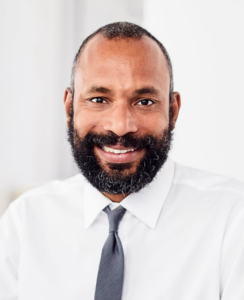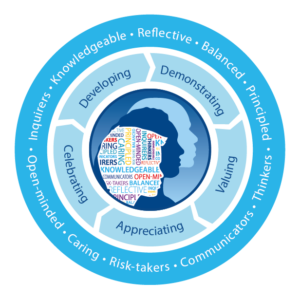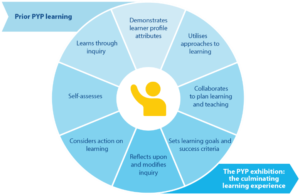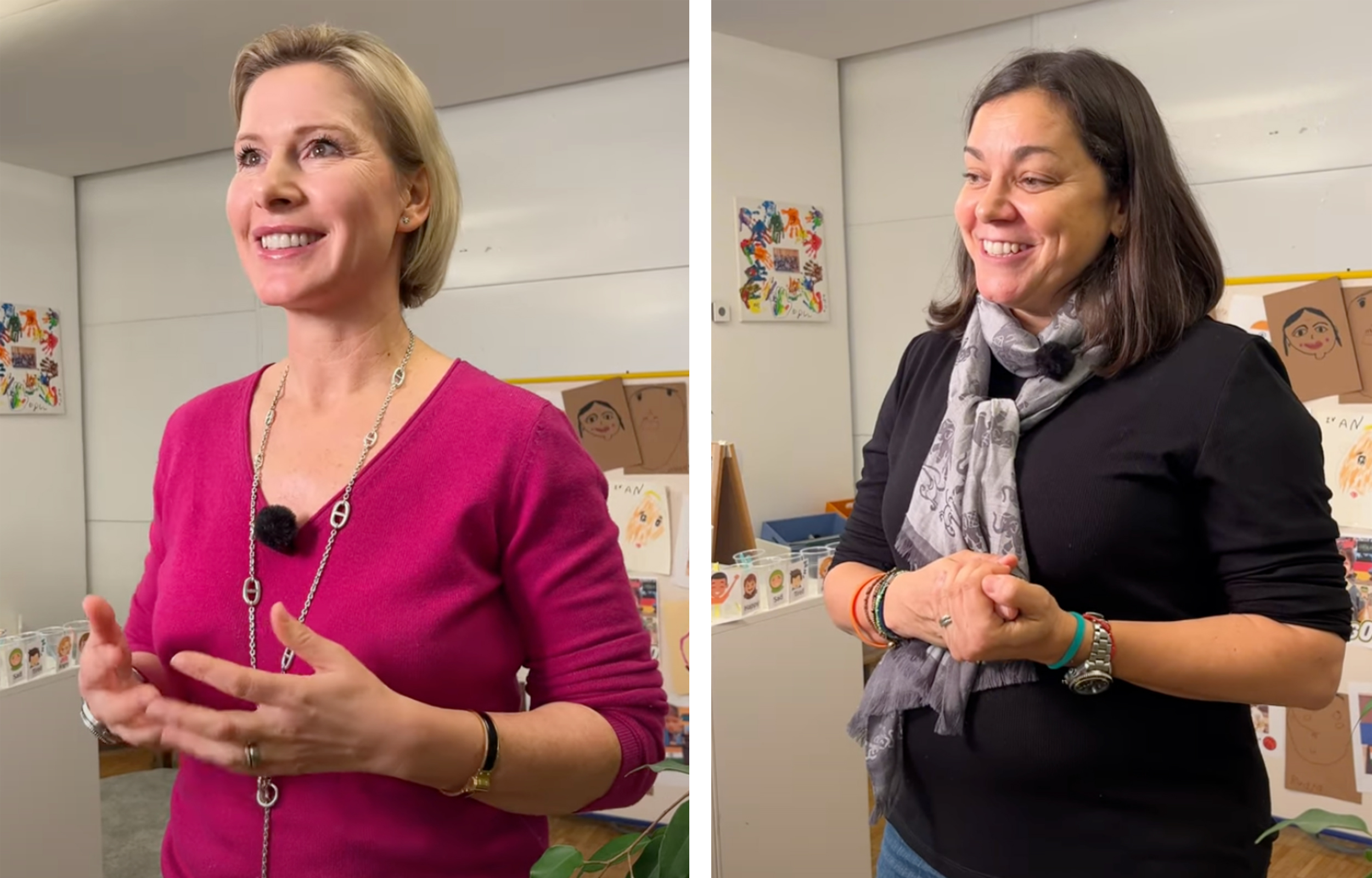The PYP and me: Parent’s Perspective on PYP
 I am a father of two – My son completed PYP and my daughter are currently in Grade 1. Both of them started at IS Ruhr in Early Years 3.
I am a father of two – My son completed PYP and my daughter are currently in Grade 1. Both of them started at IS Ruhr in Early Years 3.
There are four things I would mention if someone asked me to describe my understanding of the PYP: The learner profile, units of inquiry, exhibition and the dedication of people who are implementing the programme.
The Learner Profile
 Before knowing about PYP I would have never thought of such a thing, but the attributes of the Learner Profile seem to me to be highly self-evident, at least, if you share an assumption. The strong belief that encouraging any positive step your child takes towards learning, is much more effective and valuable than criticism.
Before knowing about PYP I would have never thought of such a thing, but the attributes of the Learner Profile seem to me to be highly self-evident, at least, if you share an assumption. The strong belief that encouraging any positive step your child takes towards learning, is much more effective and valuable than criticism.
When going through the Learner Profile, you might find them demanding, if you see them as requirements your child needs to meet. But I rather see them as a bunch of opportunities to support positive learning situations. There is rarely a situation where one of my kids learned something and I do not find the connection between the attributes to value this learning. I try to appreciate and encourage the learning that happens all the time. Once you accept and understand that the attributes empower your kids to acknowledge any learning, you will find that they have their own path to it. You need to accept that the attributes give somehow control to your kids over the learning process as you are obliged to acknowledge any learning.
There is another advantage I see in learner profile attributes. I can tell my child that I think he was a risk-taker or that he was caring. Through the learner profile, children can understand the concepts of learning from the very beginning, and you can talk with them about it.
The Units of Inquiry
I consider the units of inquiry (UOI) being a kind of continuous peacekeeping operation. If you go through their titles you find that they raise questions that kids could rise. I experience that my children found them interesting, often they estimated them to be the most interesting things in school. The UOIs reconcile to a certain degree the children’s approach to follow what they are interested in with the requirements of formal education. Of course, this reconciliation is not perfect, but in my perception, the UOIs are a kind of the backbone of PYP and you can talk about their contents with your children.
The PYP Exhibition
 At the end of PYP children hold an exhibition on a subject they worked on for a certain time. They choose a subject, gather information, do research, interview people and decide on how they present the results. When I enrolled my first child to IS Ruhr, I took note that there would be this exhibition at the end of PYP and honestly, I was not a fan. I imagined it to be a combination of prematurely demanding scientific standards from the children and what I understand when other parents and befriended teachers from other school forms tell me that they are currently doing a project at school: keeping a scratched group of teachers, children and parents very busy doing who knows what. Well, they would survive. But for sure it would not be me, who would be busy.
At the end of PYP children hold an exhibition on a subject they worked on for a certain time. They choose a subject, gather information, do research, interview people and decide on how they present the results. When I enrolled my first child to IS Ruhr, I took note that there would be this exhibition at the end of PYP and honestly, I was not a fan. I imagined it to be a combination of prematurely demanding scientific standards from the children and what I understand when other parents and befriended teachers from other school forms tell me that they are currently doing a project at school: keeping a scratched group of teachers, children and parents very busy doing who knows what. Well, they would survive. But for sure it would not be me, who would be busy.
Surprisingly just the last two of my assumptions held true. What I learned when I followed the presentation during the PYP exhibition of my older child, is that all of the presentations covered a broad area of applying what the children had learned during PYP, all of them contained the same set of key methodology (e.g., gathering statistics, interviewing an expert), although each one was on a subject the children chose, and each one had room for some methods the children chose freely according to their respective subject. They had worked on it in small fixed teams.
The work was all done by the children. There were clear requirements on what it had to cover, and a lot of freedom to add individual extensions. The standards they met represented what they had learned in PYP. The presentation did not pretend to be more, but everyone was eager not to accept less. It must have been tremendous work for the teachers to coach this. I saw a group of children that were very proud of what they had achieved and that completing the exhibition and with it, PYP was something really worth celebrating.
I like it when schools have a program they follow. Lucky me, the PYP has the advantage of being highly understandable.
I do not want to blame other educational programs for sharing what I looked at as an alternative. I appreciate the dedication of the fantastic people teaching at IS Ruhr. Probably they would also do a good job with a program that needs to be interpreted and negotiated to a greater extent, but I believe it helps that they are doing it within the IB PYP.
‘…Partnerships with parents and legal guardians benefit the students and value the perspectives they bring to the learning community. They add richness to the community by being actively involved in the life of the school to share decisions, exchange ideas, build on experiences and provide support…’
(Source: IB PYP: From Principles into Practice. Learning Environment. A PYP Learning Community.)


